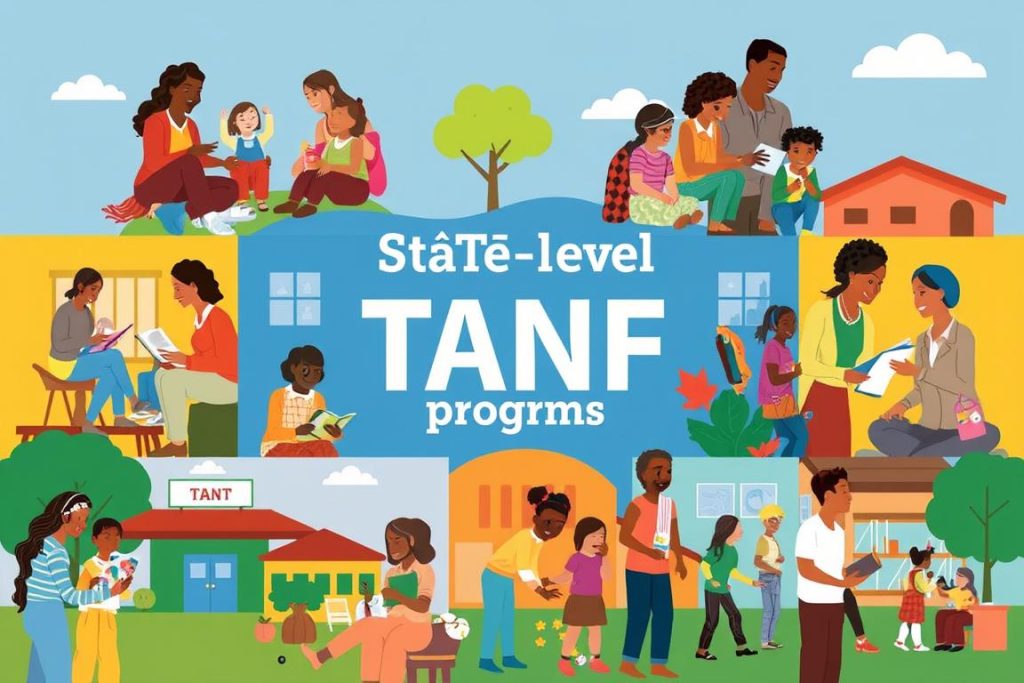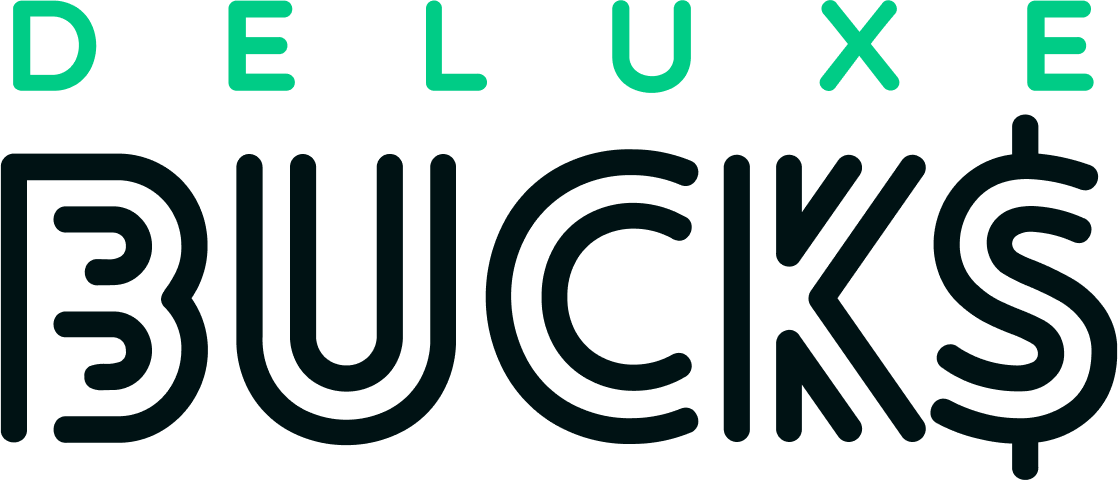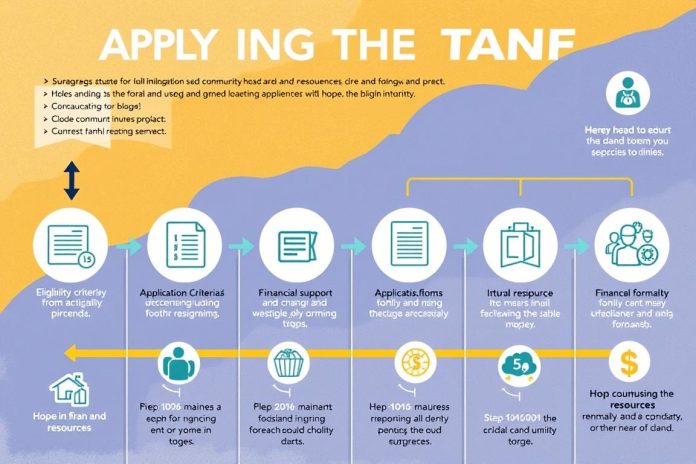Imagine a single parent with two kids, trying hard to make ends meet. They learn about the Temporary Assistance for Needy Families (TANF) program and see a chance for a better life. But getting TANF benefits is like navigating a maze, making it hard for families in need to get through. Despite the need, only 21 percent of eligible American families actually receive TANF cash assistance1. This highlights the urgent need to support families facing poverty1.
Knowing how to work through the TANF program can make a big difference. It’s about grabbing an essential lifeline instead of just watching opportunities pass by. For example, in Georgia, only 5 out of 100 poor families get TANF benefits in 2023, a huge drop from 82 in 19961. This decrease underlines the critical need for clear guidance and changes to help more families find the help they are meant to receive.
Key Takeaways
- Gain an understanding of the current landscape of the TANF program and the importance of accessing it.
- Learn about the various eligibility criteria and the vital documentation required for smoother TANF applications.
- Explore the trends and challenges affecting TANF outreach, including policy changes and successful state strategies1.
- Discover state-driven programs and initiatives that augment TANF’s effectiveness in aiding needy families2.
- Equip yourself with practical tips for efficiently navigating the application process to help secure TANF assistance3.
Understanding the TANF Program and Its Purpose
The Temporary Assistance for Needy Families (TANF) program plays a big role in the U.S. welfare system. It helps low-income families through various supports. The goal is to help families become self-sufficient.
What is Temporary Assistance for Needy Families?
TANF is funded by the federal government to help families in need. It replaced the older AFDC program, focusing on short-term cash help and work readiness. With a $16.5 billion budget in FY 20214, TANF is key in fighting poverty and supporting families during tough times.
The Evolution of Welfare Assistance to TANF
After a rise in welfare cases in the early ’90s, the U.S. rethought its welfare system. The 1996 law turned AFDC into TANF4. This change allowed states to tailor their programs to cut down on dependency and increase employment.
Key Objectives of the TANF Program
TANF aims to get people ready for jobs and support those working. It tries to reduce poverty and improve welfare. Limits are set, like a five-year cap on aid and work requirements for single parents45.
Despite challenges, such as not adjusting for inflation5, TANF’s coverage has dropped. Now, 21 out of every 100 needy families get help, compared to 68 in 19965. Yet, TANF is crucial in the fight against poverty.
TANF’s development, aims, and how it works show its value in helping families find economic stability and independence.
The Impact of TANF on American Families
The Temporary Assistance for Needy Families (TANF) program helps families in need. But, its success varies widely across the US6. It aims to support low-income families. Yet, its effectiveness changes due to local policies7. The flexibility states have in using funds leads to different outcomes.
Although TANF can help, it sometimes makes things harder for recipients6. Work requirements can increase hardship and depression6. This shows the complex effects of assistance tied to certain conditions.
However, some states have made their TANF programs better. For instance, adjusting cash help to inflation helps recipients cope with living costs6. This offers stronger support to those in need.
| State | Direct Cash Assistance Levels | Workforce Development Involvement |
|---|---|---|
| California | High | Integrated with WIOA |
| Texas | Low | Minimal |
| New York | Medium | Active in Job Training Programs |
TANF’s role in aiding needy families is critical but limited in scope7. It highlights a gap in aiding during economic hardship, like during high unemployment in the late 2000s7.

The work participation rate (WPR) is key for evaluating state TANF efforts7. But, it can penalize states, discouraging them from strengthening TANF efforts. This impacts the program’s effectiveness.
In closing, understanding TANF’s details is key to using it well. Knowing your state’s rules can guide your choices. As reforms continue, the experiences of families are vital. They help improve TANF’s role in fighting poverty and aiding American families.
Eligibility and Application Insights for Temporary Assistance for Needy Families
Working through the TANF application can seem tough. But, knowing the details is key to getting the help your family needs. To get TANF benefits, you first need to check if you’re eligible. This means your income must be low enough and you need to have kids depending on you. TANF is there to help families get by and work towards making their own money. However, reaching everyone in need is hard. Many in rural America still live in poverty, even though they make up a small part of the population8.
Determining Your Eligibility for TANF Benefits
When you start to figure out if you can get TANF, look at your money situation for the month. Your income needs to be under a certain level set by TANF. States decide how much of their TANF funds goes to direct help8. This varies a lot due to different needs in each place. The way TANF helps out has changed since it started in the 1930s. It’s aimed at giving structured financial assistance9.
Documentation Required for TANF Applications
Putting together your documents for TANF is crucial. You’ll need to show things like how much money you make and details about your family. This helps prove you really need the help. In 2018, billions were spent helping families through TANF8. But the value of TANF money has gone down by over 25% since it began9. Good documentation makes the review process smoother and might work out better for you.
Navigating the Application Process Efficiently
Understanding the TANF application is key to doing it right. Know the different ways you can get paid and how you can use the money. There’s a lot of variation in how TANF funds are used across places8. Knowing about how to transfer between states and fixing overpayments is also important. Being prepared and knowing the rules can really help you get TANF and move towards supporting your family on your own.
FAQ
What is Temporary Assistance for Needy Families?
How has welfare assistance evolved to TANF?
What are the key objectives of the TANF program?
How does TANF impact American families?
What are some notable state-level TANF successes?
How do you determine your eligibility for TANF benefits?
What documentation is required for TANF applications?
How can you navigate the TANF application process efficiently?
Source Links
- Get Approved Faster: Essential Insights into Your TANF Application Process! – https://blog.consumertestconnect.com/get-approved-faster-essential-insights-into-your-tanf-application-process/
- TANF Education and Training Resources | CLASP – https://www.clasp.org/tanf-education-and-training-resources/
- Temporary Assistance for Needy Families (TANF) – https://www.hhs.nd.gov/applyforhelp/tanf
- Temporary Assistance for Needy Families – https://en.wikipedia.org/wiki/Temporary_Assistance_for_Needy_Families
- Strengthening Temporary Assistance for Needy Families (TANF) as a Safety Net and Work Program – https://www.federalregister.gov/documents/2023/10/02/2023-21169/strengthening-temporary-assistance-for-needy-families-tanf-as-a-safety-net-and-work-program
- The Impact of Temporary Assistance for Needy Families Benefit Requirements and Sanctions on Maternal Material Hardship, Mental Health, and Parental Aggravation – https://pmc.ncbi.nlm.nih.gov/articles/PMC11022155/
- TANF 101: Policy Briefs on Temporary Assistance for Needy Families | CLASP – https://www.clasp.org/tanf-101-policy-briefs-temporary-assistance-needy-families/
- Exploring Remaining Needs and Opportunities for Improvement in Rural Communities: A Focus on the Temporary Assistance for Needy Families (TANF) Program – https://www.acf.hhs.gov/sites/default/files/documents/opre/tanf_program_area_brief_mar2023.pdf
- Temporary Assistance for Needy Families – https://gattonweb.uky.edu/Faculty/Ziliak/Ziliak_NBER_w21038.pdf


